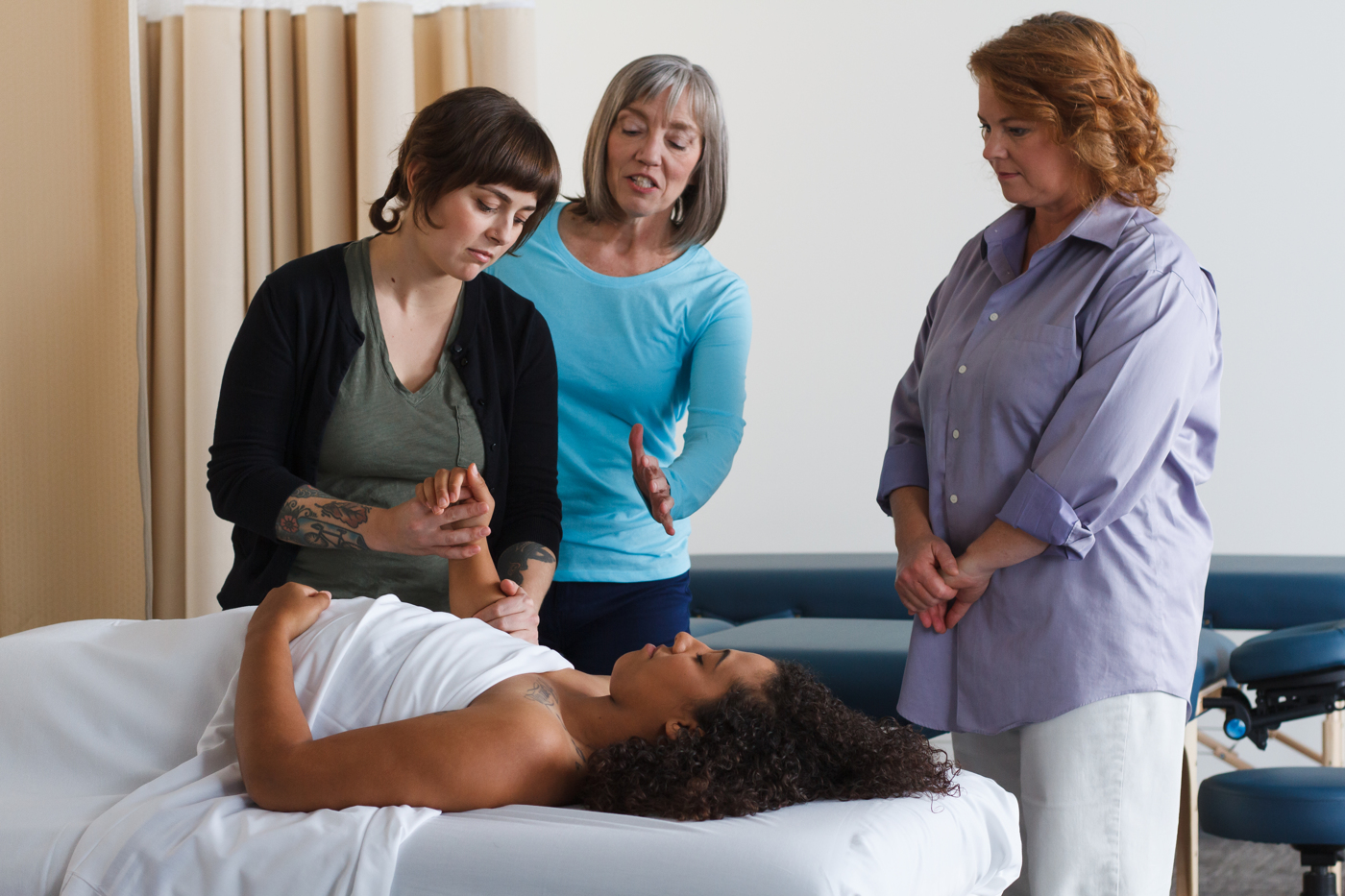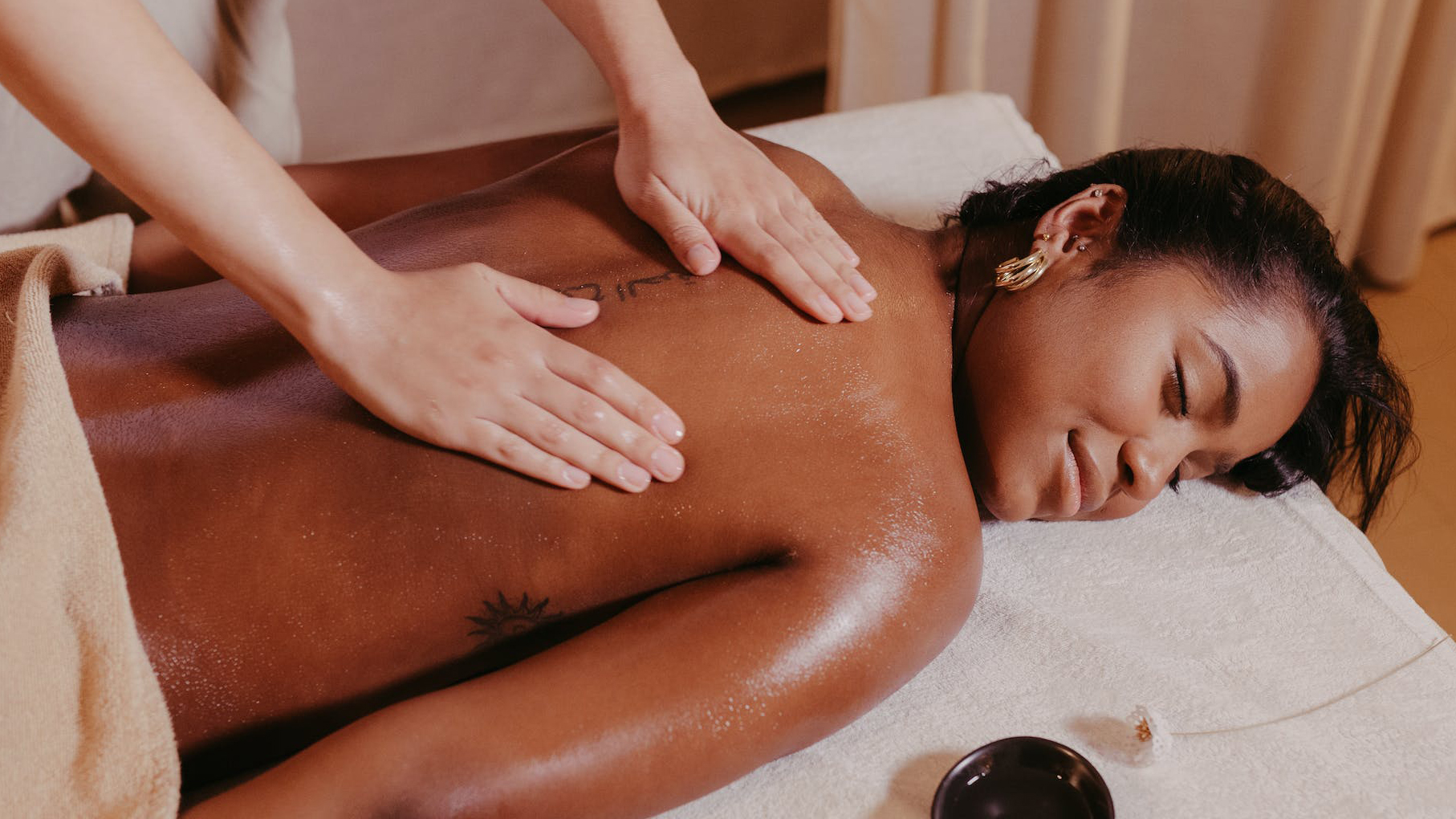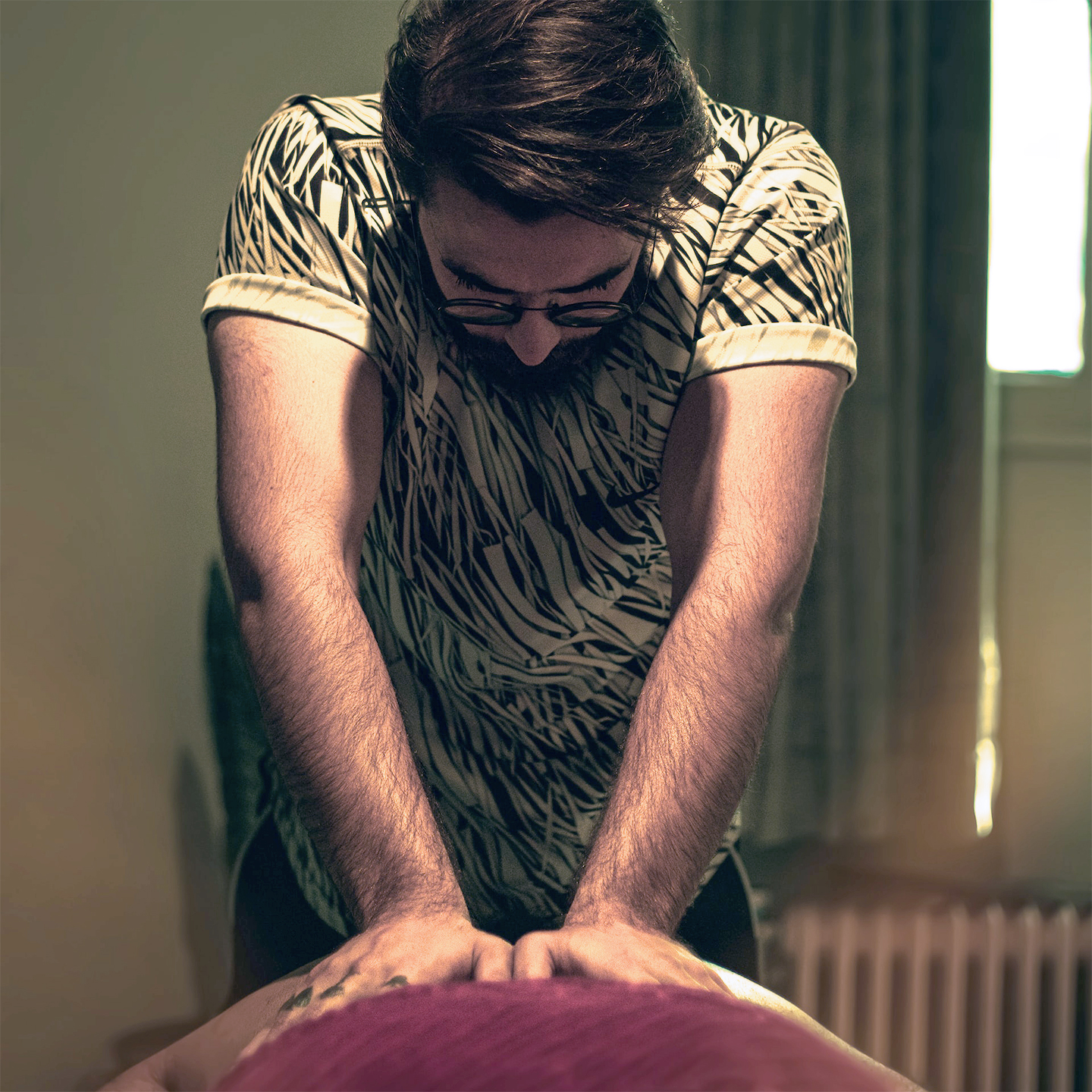Summertime, and the living is easy, right? Not for your skin. Heat and sunburn can turn the epidermis into the Sahara, and massage clients may show up with damage. Summer sun means unique contraindications and client needs. And while LMTs’ massage careers will include some events that cannot be anticipated (COVID shutdowns come to mind), summer skin care is an annual issue. Let’s take a big-picture view of how massage therapists can best assist clients during the summer months, with an eye toward skin care and hot-weather massage therapy.
Stay Cool: Keeping Massage Clients Comfortable during the Summer
Particularly with this summer’s heat waves, it’s likely your clients will walk in with requests for cooling. How can you help them feel comfortable while receiving your healing touch? We suggest stocking up on cooling massage products, such as:
- Cooling Massage Gel. Not sure exactly which gel you want? Come shop at our massage school. Portland, OR therapists can make a quick trip to our new downtown location for summer massage supplies. Pamper your clients with cooling, pain-relieving gels such as Biofreeze. We also carry unique products such as eye masks that can be cooled in a freezer or warmed in a microwave.
- Cool packs are perfect for this time of year, when even your most heat-pack addicted clients may prefer to chill out on the table. Look for products that can serve you year-round, for summertime coolness or winter warmth. Remember that hot/cold packs may be too intense directly against the skin, so consider wrapping them in towels.
- Cold massage tools such as stones and cooled cloths can encourage circulation. Cold tends to narrow blood vessels (vasodilation). When the cold items are removed, the blood vessels widen (dilation), resulting in a healing circulatory flush.
You may also consider working with cooling essential oils, such as peppermint. The menthol found in peppermint essential oil activates cold-sensing nerves, tricking the brain into thinking the skin is experiencing coolness. Lavender, eucalyptus, and citrus oils can also create a cooling sensation; just be sure to check with clients before using them, and don’t go overboard. Highly diluted essential oil blends will be refreshing; too much essential oil often has the opposite effect and may feel uncomfortably hot.
Is it Safe to Massage Sunburnt Skin?
Clients will rely on you for advice on when it is inappropriate to receive massage after sun exposure. The only sunburn that can be safely massaged is a mild, first-degree burn. First degree burns are red, hot, painful, and have some swelling. They usually heal within a day or two. On the first day after a first-degree burn, the skin will feel raw and painful. It may be better to wait an additional day or two before working the burnt skin. After two or three days, the damaged area could feel dry and itchy, as the outermost skin layer peels and flakes away.
When massaging these areas, consider the following massage approaches:
- Use lotion or oil with healing ingredients, such as aloe vera and tea tree oil.
- Avoid vigorous work; gentle, long strokes will feel better while supporting the healing process.
- Rather than modalities with rubbing (such as Swedish) or stretching (such as Shiatsu) consider using cryotherapy in the form of cold massage stones and cooling packs.
Second and third-degree burns are contraindicated for massage. Second degree burns have the same characteristics as first-degree burns, with some blistering present as well. They take anywhere from one week to a month to heal. Third degree burns are typically caused by chemical accidents or fire exposure, but they are possible in extended periods of intense sun. Charred skin, or skin with a white tone are signs of a third-degree burn, which can destroy oil and sweat glands, hair shafts, and even nerve endings.
Immediate medical attention is required for third degree burns, but first degree and many second-degree burns can be tended to with home remedies including drinking plenty of water, taking cool oatmeal baths, and applying olive, jojoba, or almond oil.
Educating Clients: Advocating for Healthy Summer Skin
You probably knew that skin is the body’s largest organ, and that it is uniquely designed to handle temperature changes, given the right self-care. However, your clients may not be as informed about skincare. Here are a few pointers you can pass on to clients during the summer months. Consider creating a take-home flier with these tips. Slap a discount on the back to encourage clients to book again with you soon.
- Prevent damage by applying SPF 30+ sunblock daily, avoiding direct exposure to the sun during the hottest hours of the day (often between 10am and 4pm), and wearing light clothing that covers arms and legs. Even on cloudy days, UV rays penetrate clouds and can damage skin.
- Moisturize deeply by applying oil or lotion directly after a shower. This seals in moisture for supple, soft skin.
- Exfoliate weekly. To remove dead skin cells and stimulate healthy growth, exfoliate. An easy way to do this is to rub in small, circular movements with a dry brush or dry washcloth, starting at the feet and working upward.
Finally, remind clients that massage is excellent for skin health, as it increases circulation.
LMTs are uniquely positioned to notice red flags of skin damage. Your eyes may be the only ones that can notice damage over time. And while it may not be a fun or easy conversation, you can greatly benefit your clients by gently recommending that they seek a dermatologist check-up for any skin changes you notice. Particularly with your regular clients, look for:
- Pearly, flesh-toned bumps on the neck, shoulders, head, and arms, and flat pink or white patches of skin on the back or chest. These may be signs of Basal cell carcinoma.
- Sores that heal and then reopen, hard red bumps, or scaly patches, which are signs of squamous cell carcinoma.
- Asymmetrical moles with uneven borders that change over time; these may be indicators of melanoma.
The conversation following treatment need not be awkward; after all, early detection is a blessing as skin cancer can be more effectively treated early on. You can simply say that you noticed a specific spot on your clients’ skin, and that you recommend being checked by a dermatologist.
With proper education, massage treatment, and self-care, you and your massage clients can kick back and enjoy the sunny days of summer.
Sources:
Four Summer Skin Routine Tips from Massage Envy
Massage Therapists and Early Detection of Skin Cancer
Beat the Heat with Cooling Massage Products from the East West College Store




